
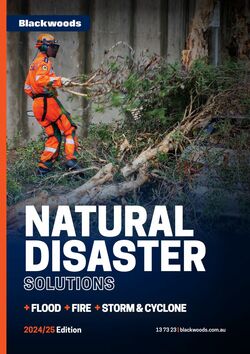
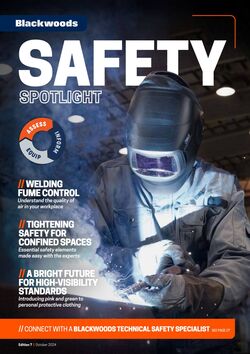
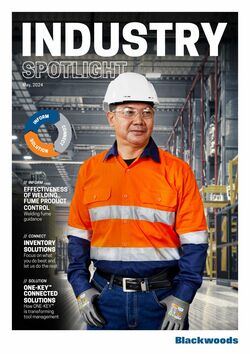
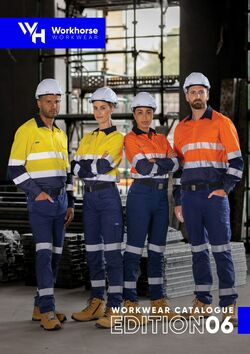
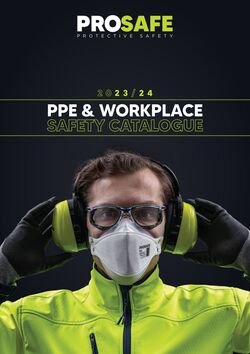
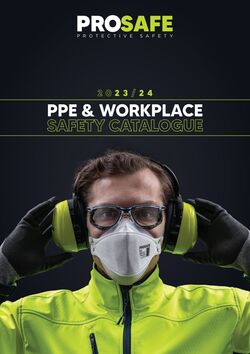
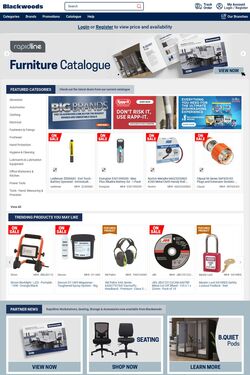
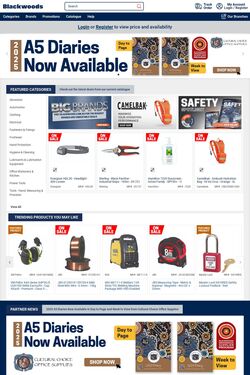
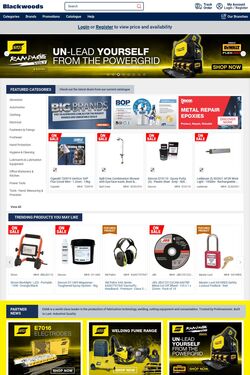
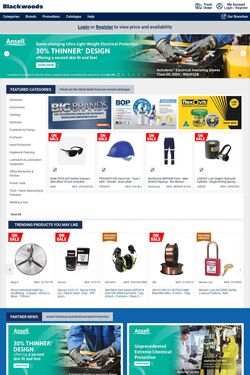
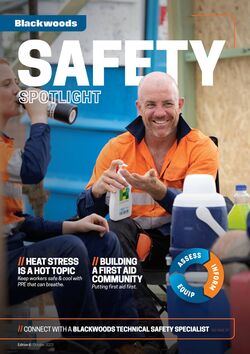
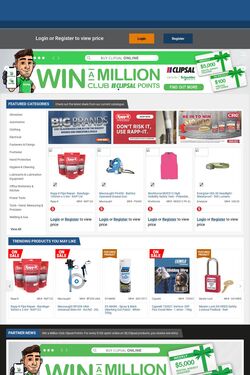
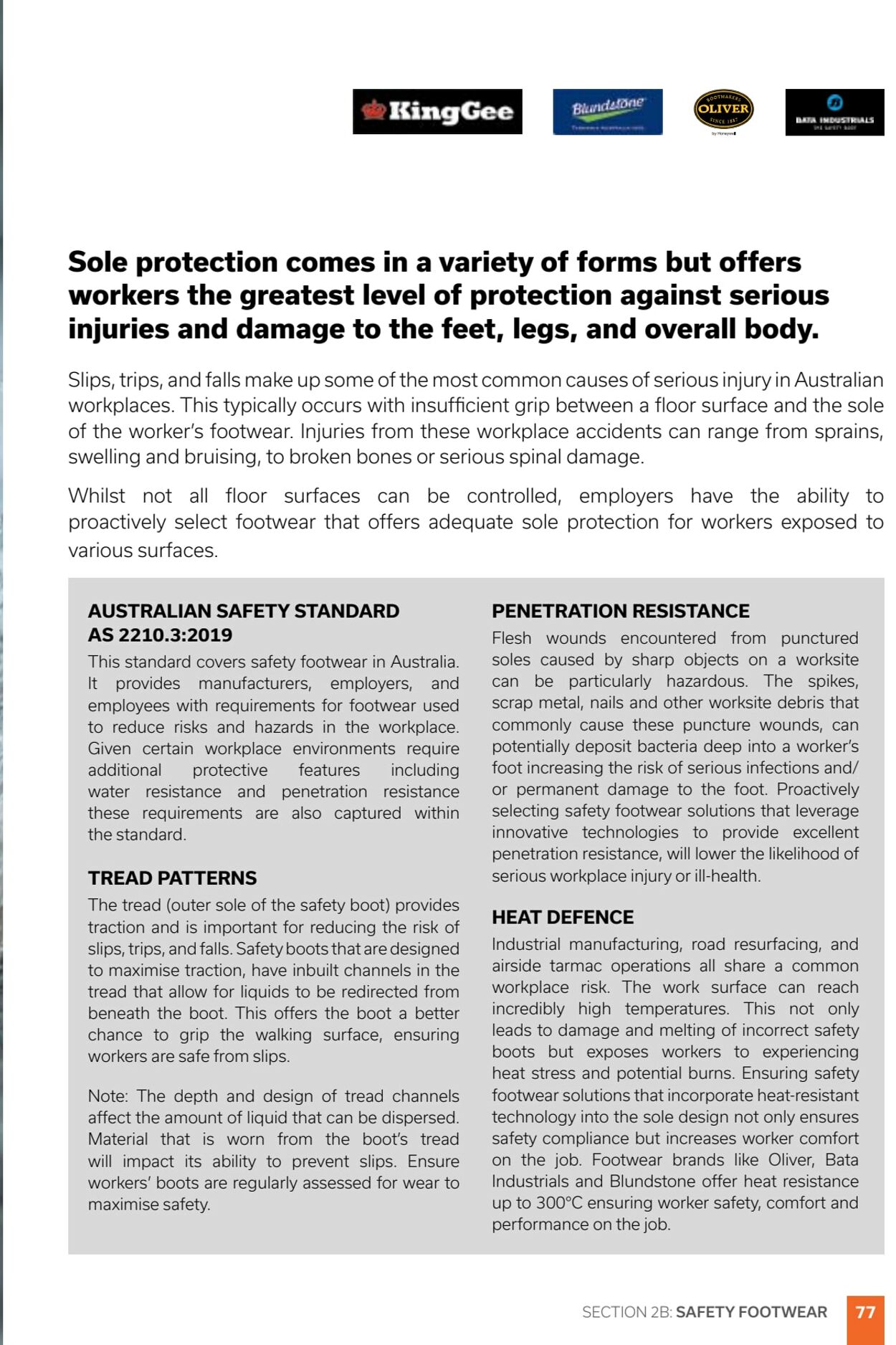
Products in this catalogue
Sole protection comes in a variety of forms but offers workers the greatest level of protection against serious injuries and damage to the feet, legs, and overall body. Slips, trips, and falls make up some of the most common causes of serious injury in Australian workplaces. This typically occurs with insufficient grip between a floor surface and the sole of the worker's footwear. Injuries from these workplace accidents can range from sprains, swelling and bruising, to broken bones or serious spinal damage. Whilst not all floor surfaces can be controlled, employers have the ability to proactively select footwear that offers adequate sole protection for workers exposed to various surfaces. AUSTRALIAN SAFETY STANDARD AS 2210.3:2019 This standard covers safety footwear in Australia. It provides manufacturers, employers, and employees with requirements for footwear used to reduce risks and hazards in the workplace. Given certain workplace environments require additional protective features including water resistance and penetration resistance these requirements are also captured within the standard. TREAD PATTERNS The tread (outer sole of the safety boot) provides traction and is important for reducing the risk of slips, trips, and falls. Safety boots that are designed to maximise traction, have inbuilt channels in the tread that allow for liquids to be redirected from beneath the boot. This offers the boot a better chance to grip the walking surface, ensuring workers are safe from slips. Note: The depth and design of tread channels affect the amount of liquid that can be dispersed. Material that is worn from the boot's tread will impact its ability to prevent slips. Ensure workers’ boots are regularly assessed for wear to maximise safety. PENETRATION RESISTANCE Flesh wounds encountered from punctured soles caused by sharp objects on a worksite can be particularly hazardous. The spikes, scrap metal, nails and other worksite debris that commonly cause these puncture wounds, can potentially deposit bacteria deep into a worker's foot increasing the risk of serious infections and/ or permanent damage to the foot. Proactively selecting safety footwear solutions that leverage innovative technologies to provide excellent penetration resistance, will lower the likelihood of serious workplace injury or ill-health. HEAT DEFENCE Industrial manufacturing, road resurfacing, and airside tarmac operations all share a common workplace risk. The work surface can reach incredibly high temperatures. This not only leads to damage and melting of incorrect safety boots but exposes workers to experiencing heat stress and potential burns. Ensuring safety footwear solutions that incorporate heat-resistant technology into the sole design not only ensures safety compliance but increases worker comfort on the job. Footwear brands like Oliver, Bata Industrials and Blundstone offer heat resistance up to 300°C ensuring worker safety, comfort and performance on the job. SECTION 2B: SAFETY FOOTWEAR
| Name | Details |
|---|